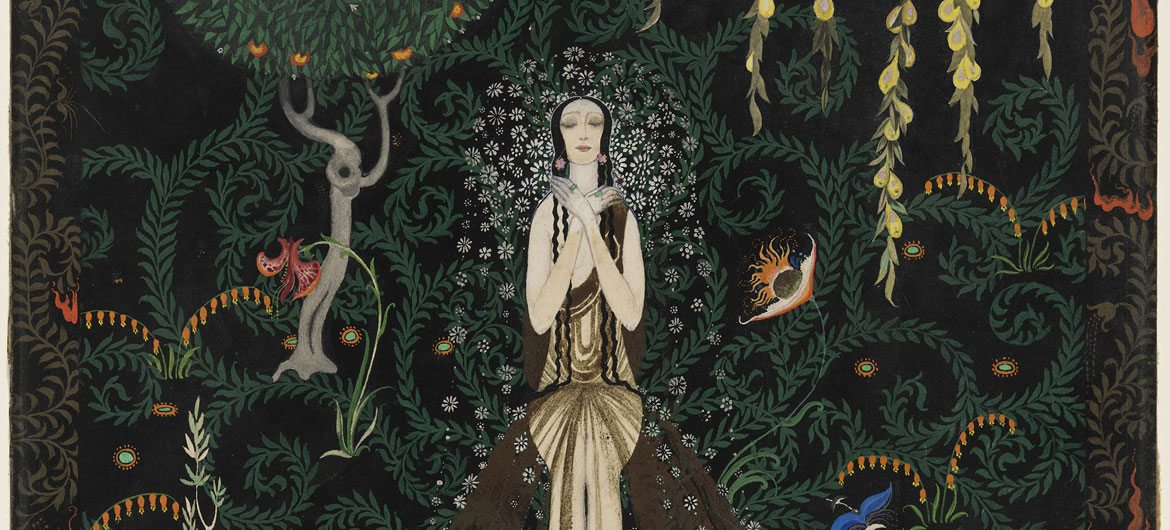Here is Wonderland’s guide to the best museum exhibitions to see around New England this summer….
If this is the kind of coverage of arts, cultures and activisms you appreciate, please support Wonderland by contributing to Wonderland on Patreon. And sign up for our free, weekly newsletter so that you don’t miss any of our reporting.
MAY

“Gorham Silver: Designing Brilliance 1850-1970,” RISD Museum, Providence, May 3 to Dec. 1, 2019
This exhibit surveys 120 years of production by the Providence firm that rose to be the largest silver company in the world. Mary Todd Lincoln even bought one of their tea services for the White House. They impressed with pieces ranging from a modernist cubist coffee set to ornate designs that look like something out of a fairy tale palace or Neptune’s undersea castle.
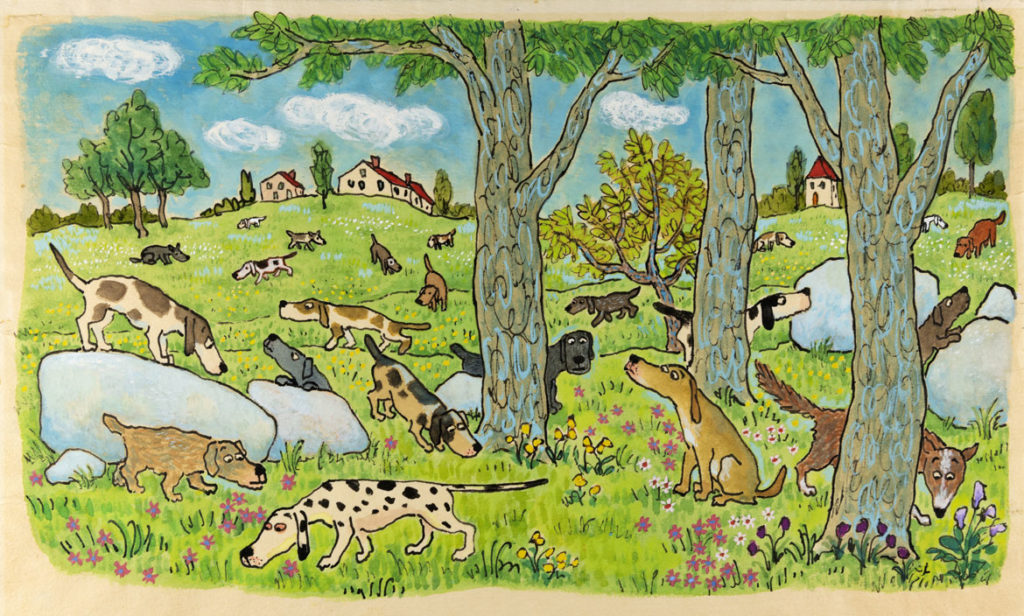
“William Steig’s Sylvester and the Magic Pebble: A Golden Anniversary,” Eric Carle Museum of Picture Book Art, Amherst, May 4 to Dec. 1, 2019
The late Boston writer and illustrator William Steig drafted fables of surpassing wonder and strangeness. For example, his 1969 book “Sylvester and the Magic Pebble,” which won the Caldecott Medal. It’s the story of a donkey who finds a magic pebble that he (accidentally) uses to transform himself into a boulder, much to his unhappiness. The exhibition offers preliminary sketches, storyboards, dummy books, Steig’s paints and tools, personal family photographs and his prized Caldecott Medal.
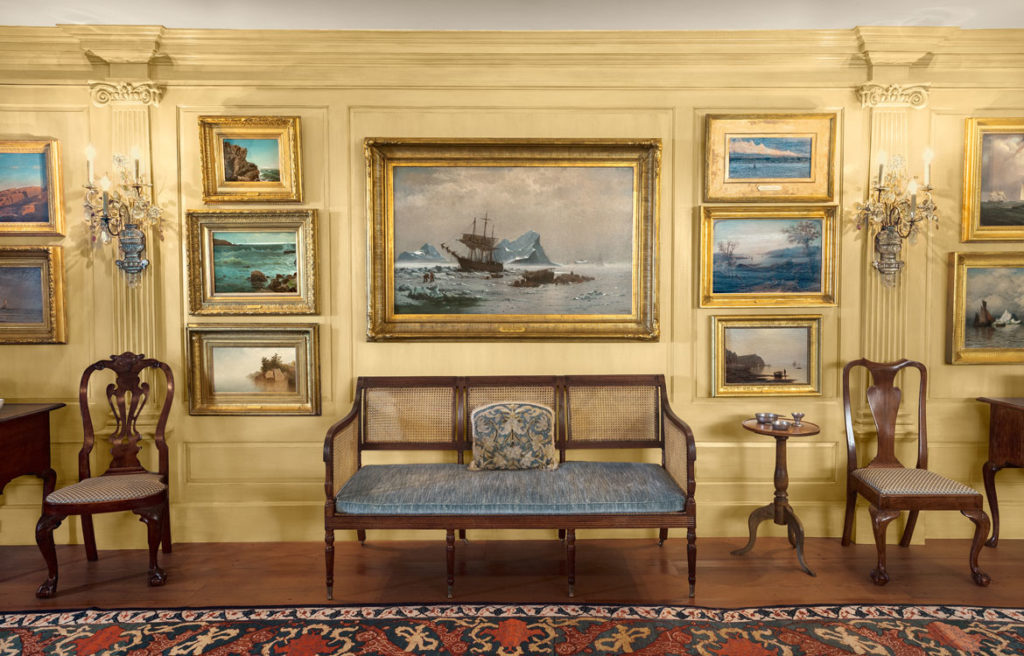
“A Passion for American Art: Selections from the Carolyn and Peter Lynch Collection,” Peabody Essex Museum, Salem, May 11 to Dec. 1, 2019
Paintings by Georgia O’Keeffe, Winslow Homer, John Singer Sargent and Martin Johnson Heade plus sculpture, furniture, decorative art and Native American art spanning three centuries. All from the collection of Marblehead couple Carolyn and Peter Lynch, a Fidelity Investments financier.
“Ericka Beckman: Double Reverse,” MIT List Visual Arts Center, Cambridge, May 24, 2019 – July 28, 2019
The MassArt’s teacher’s films and videos offer curious games and fairy tales, construction sites and football stadiums. They can feel like “Sesame Street” shorts directed by the surrealist Luis Bunuel.
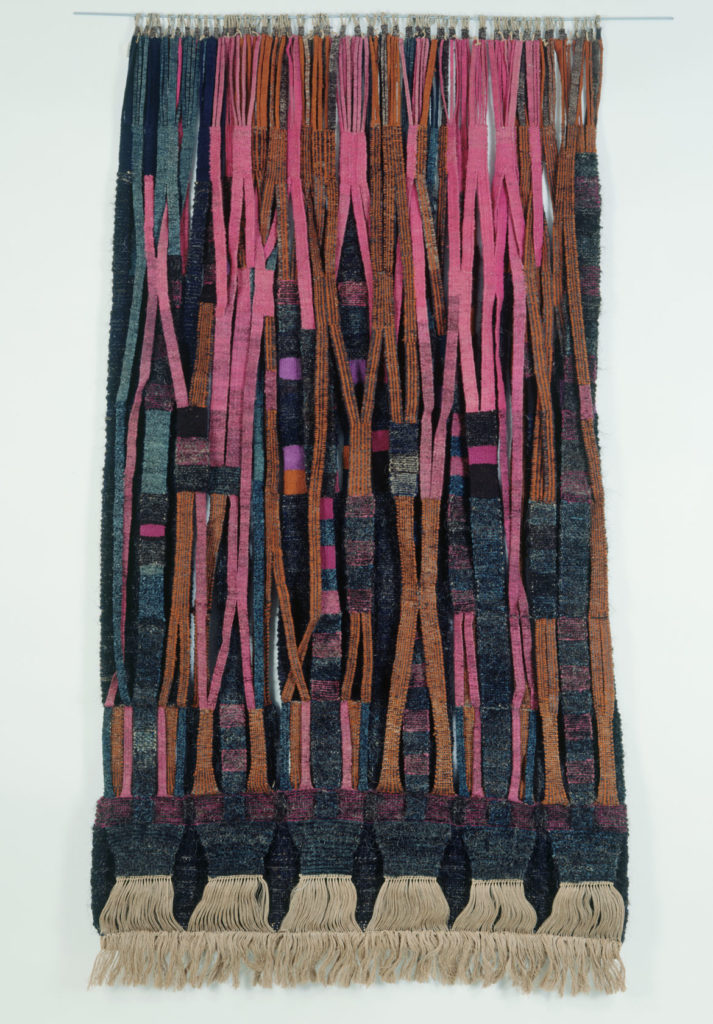
“In the Vanguard: Haystack Mountain School of Crafts, 1950-1969,” Portland Museum of Art, May 24 to Sept. 8, 2019
In 1950, an experimental art school opened in Montville, Maine, named for nearby Haystack Mountain. This “first major museum exhibition focused solely on this school” showcases artists it attracted in its early years—Anni Albers, Dale Chihuly, Robert Ebendorf, Jack Lenor Larsen, M.C. Richards, and Toshiko Takaezu. As evidenced by 90 textiles, ceramics, glass, metalwork, paintings and prints, as well as correspondence, photographs, brochures, posters and magazine articles.
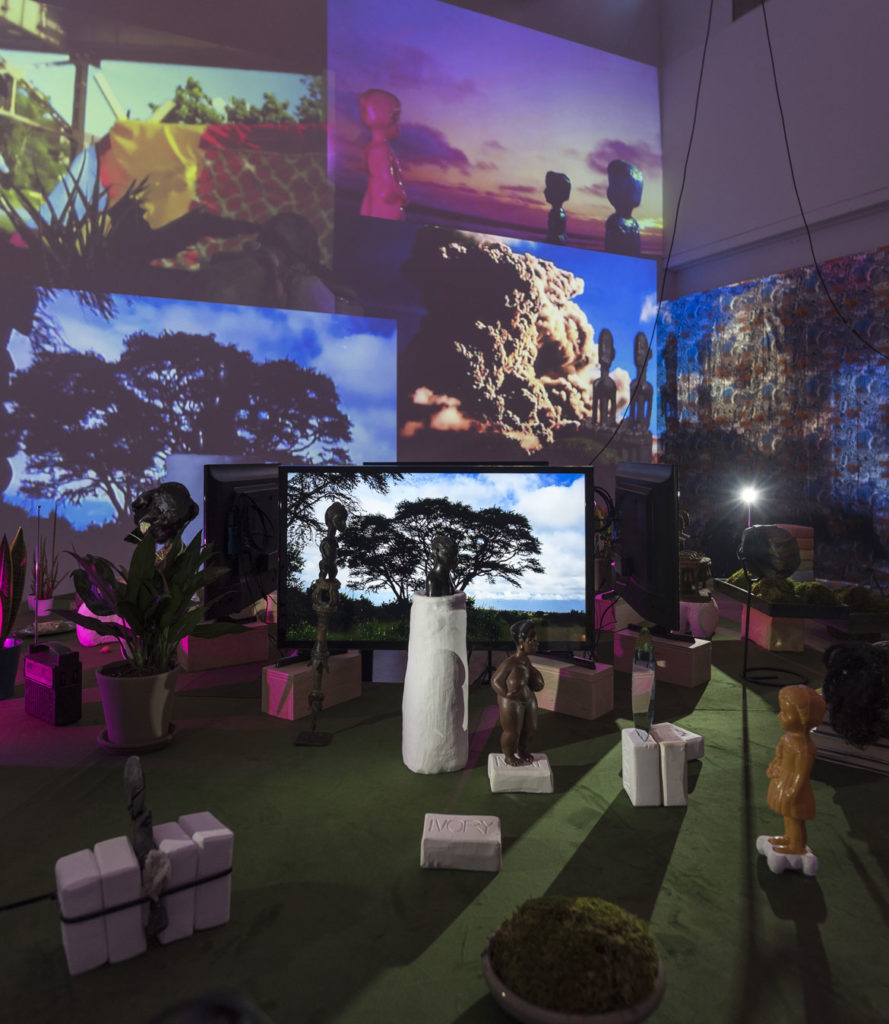
Cauleen Smith “We Already Have What We Need,” Mass Moca, North Adams, debuts May 25, 2019
The LA artist—who creates what she’s called “a cornucopia of future histories”—fills the museum’s first floor galleries with a new immersive video installation dubbed “Every Sunrise and Every Sunset All at Once” about ecology and our basic needs. Plus tables displaying African figurines, plants, a model sailboat, musical instruments. The show also offers a survey of videos from the past decade, new textiles, banners from her “In the Wake” series, a manifesto, and drawings.
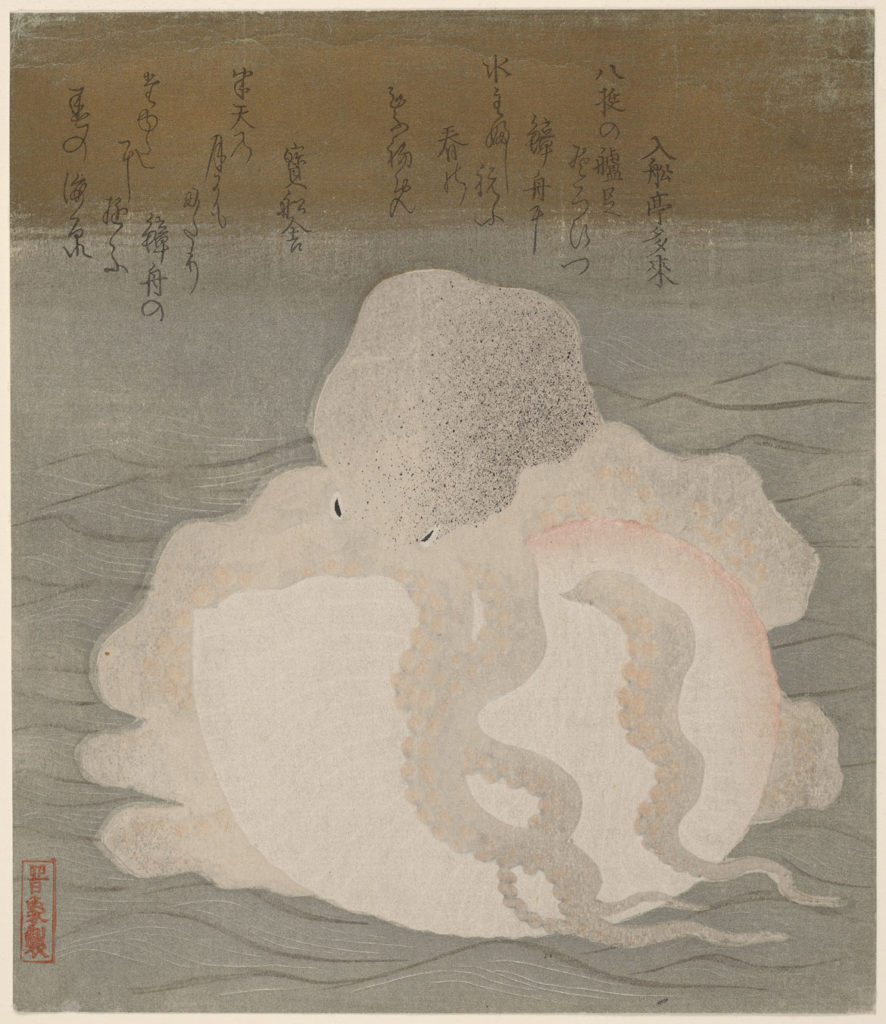
“Japan on Paper,” Harvard Art Museums, Cambridge, May 25 to Aug. 11, 2019
Nearly 50 Japanese woodblock prints from the 17th to 20th centuries, including works by Suzuki Harunobu (1725–1770), Utagawa Hiroshige (1797–1858), Sharaku (active 1794–95), Itō Jakuchū (1716–1800) and Katsushika Hokusai (1760–1849).
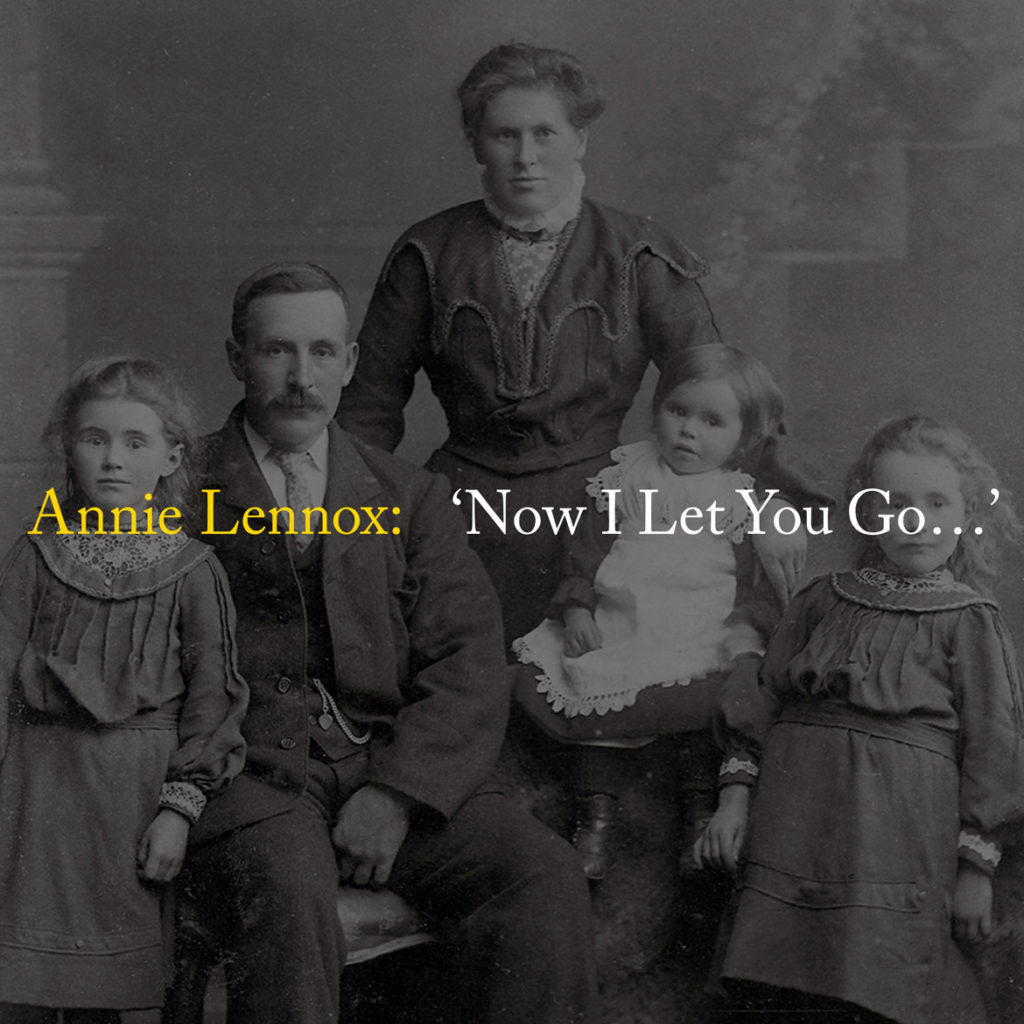
Annie Lennox “Now I Let You Go…,” Mass MoCA, North Adams, opens May 25, 2019
An exhibition that is “part material diary, part art installation” by the celebrated pop singer. “Juxtaposed against her public face, as we examine this excavation of remarkably personal objects, we will come to better understand some of the underlying and more private forces that motivate her work in song, and her passionately argued campaigns for justice, global health, and social equity across gender and race,” Mass MoCA Director Joseph Thompson writes.
JUNE

“The Pivot and the Blade,” Museum of Everyday Life, Glover, Vermont, opens June 1
Clare Dolan’s memorably curious and philosophical institution (motto: “Embarking on our mission of glorious obscurity”) opens its “intimate look at scissors,” surveying scissors design and exploring “the myriad professional, creative, superstitious, violent and domestic uses of scissors throughout the ages. All kinds of scissors will be on display.”
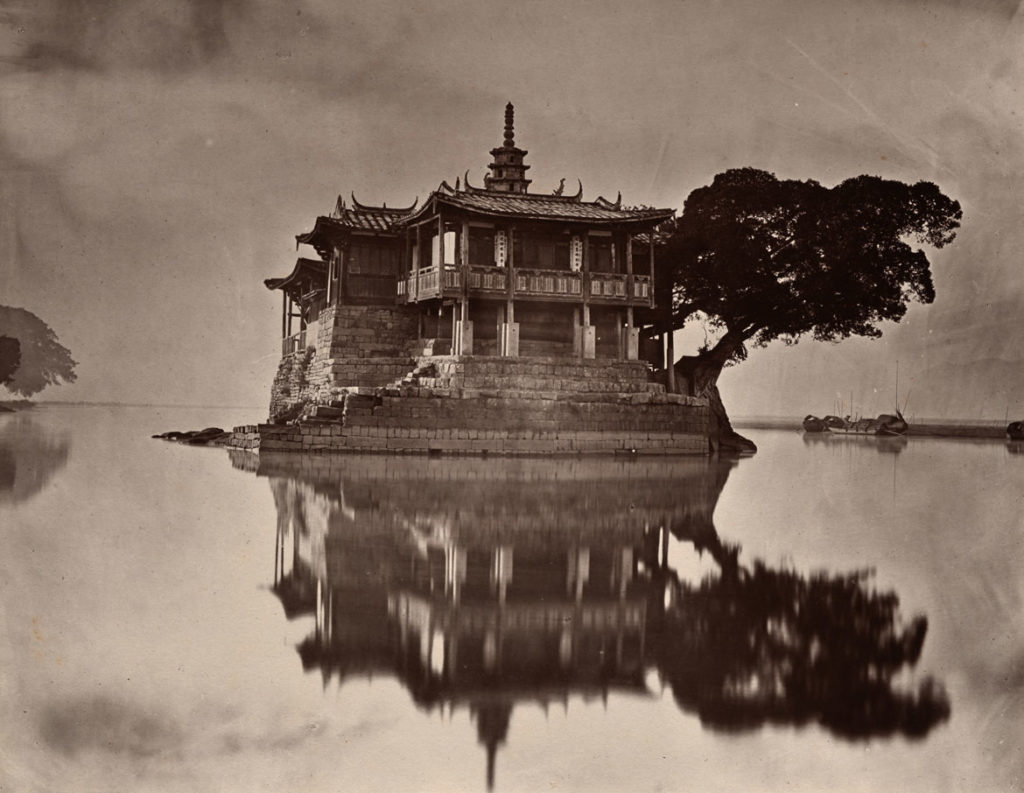
“A Lasting Memento: John Thomson’s Photographs Along the River Min,” Peabody Essex Museum, Salem, June 1, 2019, to May 17, 2020
John Thomson’s 19th century photos of China’s Fujian province offer more than 40 landscapes, city views and portrait studies. Photographs by contemporary artist Luo Dan, who was inspired by Thomson to undertake a similar journey in southwestern China, complement the presentation.
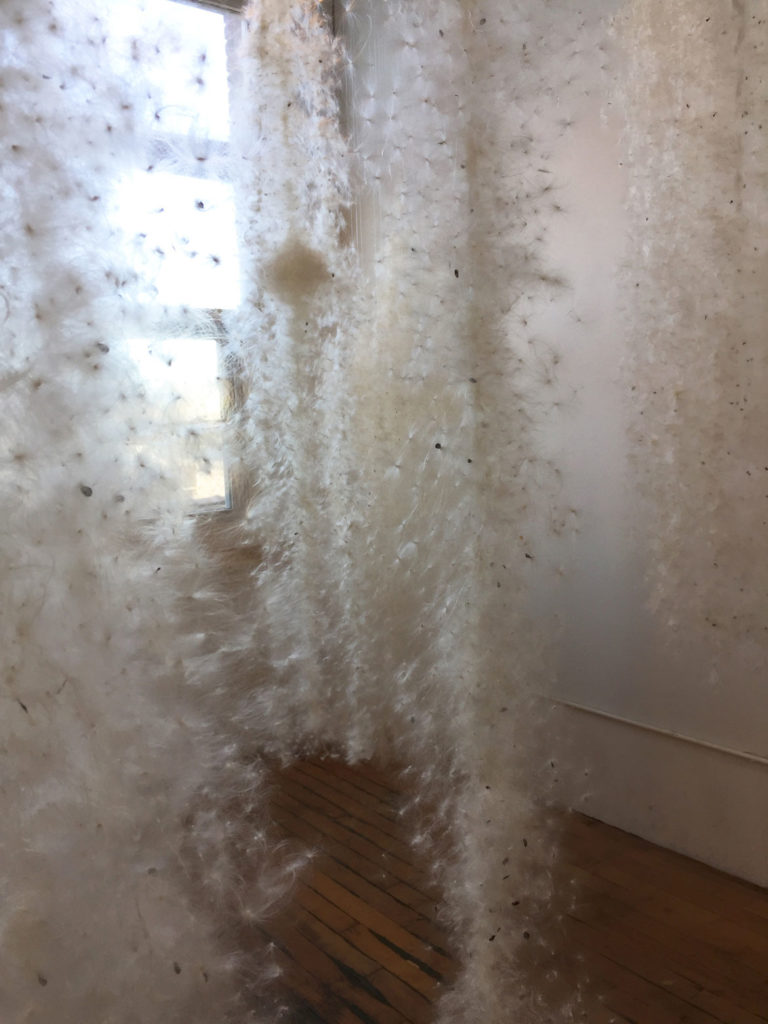
“Esther Solondz: Floating Between Two Worlds,” Fruitlands Museum, Harvard, June 1 to Nov. 3, 2019
Esther Solondz “explores the overlapping relationship between the natural world and the art world” via a translucent outdoor tent filled with milkweed sculptures and hummingbird feeders.
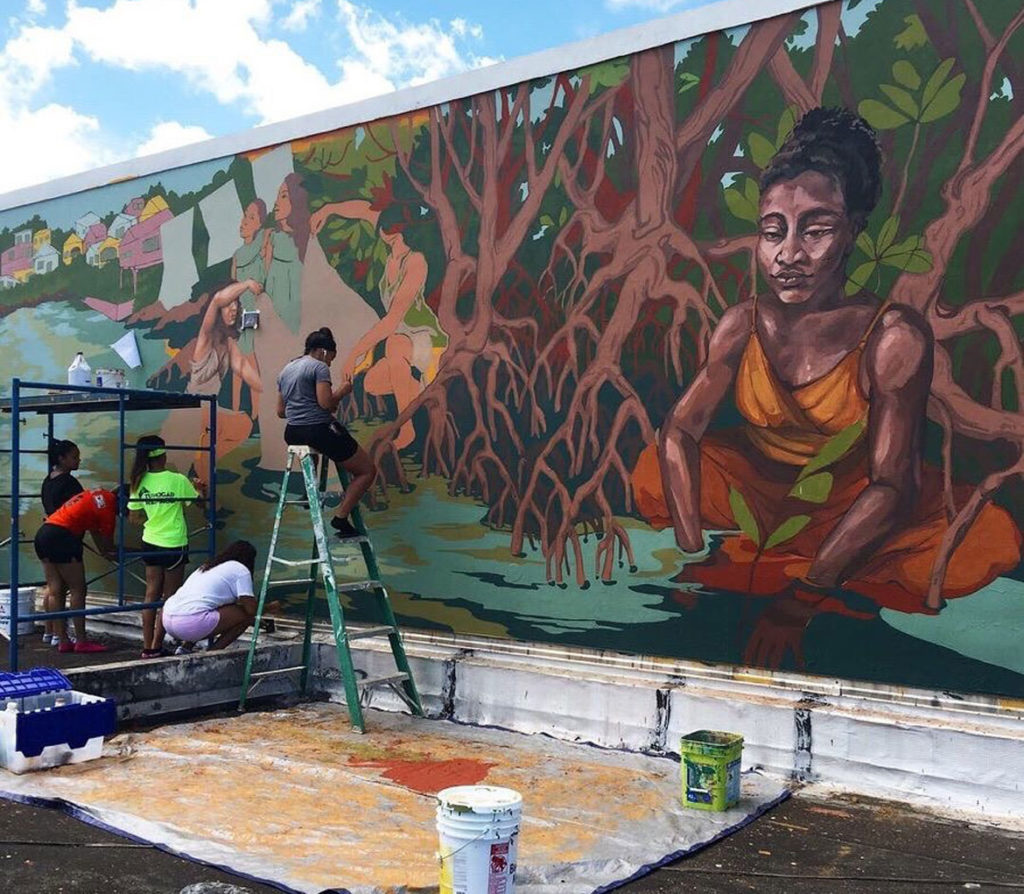
“Fresh Paint Springfield,” begins June 2, 2019
Muralists paint downtown Springfield buildings from June 2 to 8.
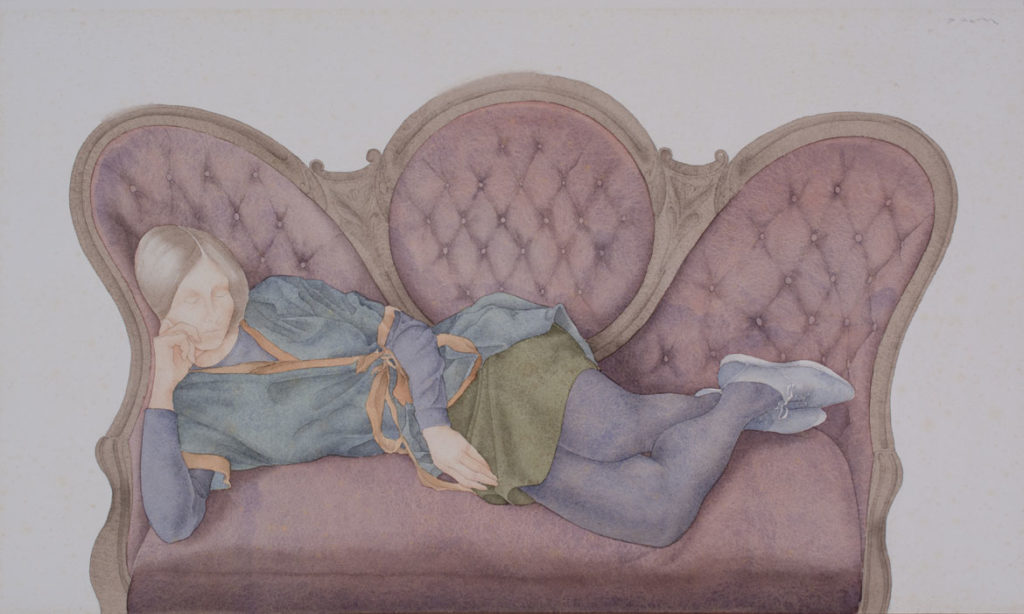
“DeWitt Hardy: Master of Watercolor,” Bates College Museum of Art, Lewiston, Maine, June 7 to Oct. 5, 2019
Spanning more than five decades of paintings by Maine artist DeWitt Hardy (1940-2017) of the southern Maine coast, woods, fields, houses, factories and people.
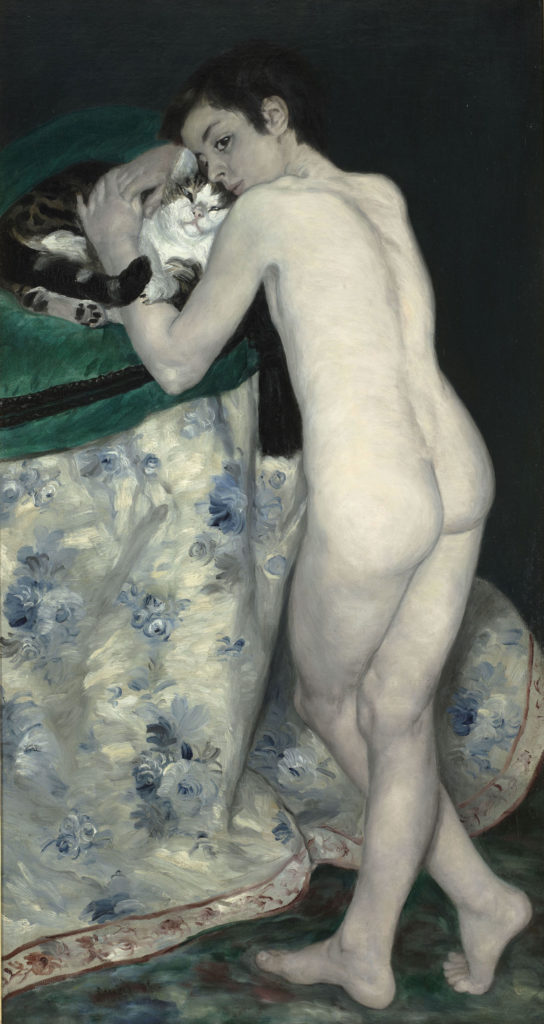
“Renoir: The Body, The Senses” Clark Art Institute, Williamstown, June 8 to Sept. 22, 2019
The museum marks the centenary of the death of Pierre-Auguste Renoir (1841–1919) with this showcase of the French Impressionist’s depiction of the human body—especially naked people—in paintings, pastels and sculptures. Plus art by his predecessors, contemporaries and followers.

“The Picture Book Odysseys of Peter Sís,” Eric Carle Museum of Picture Book Art, Amherst, June 8 to Sept. 29, 2019
More than 80 original illustrations from 25 picture books recounting the lives of Christopher Columbus, Antoine de Saint-Exupéry, Galileo Gallilei and Charles Darwin.
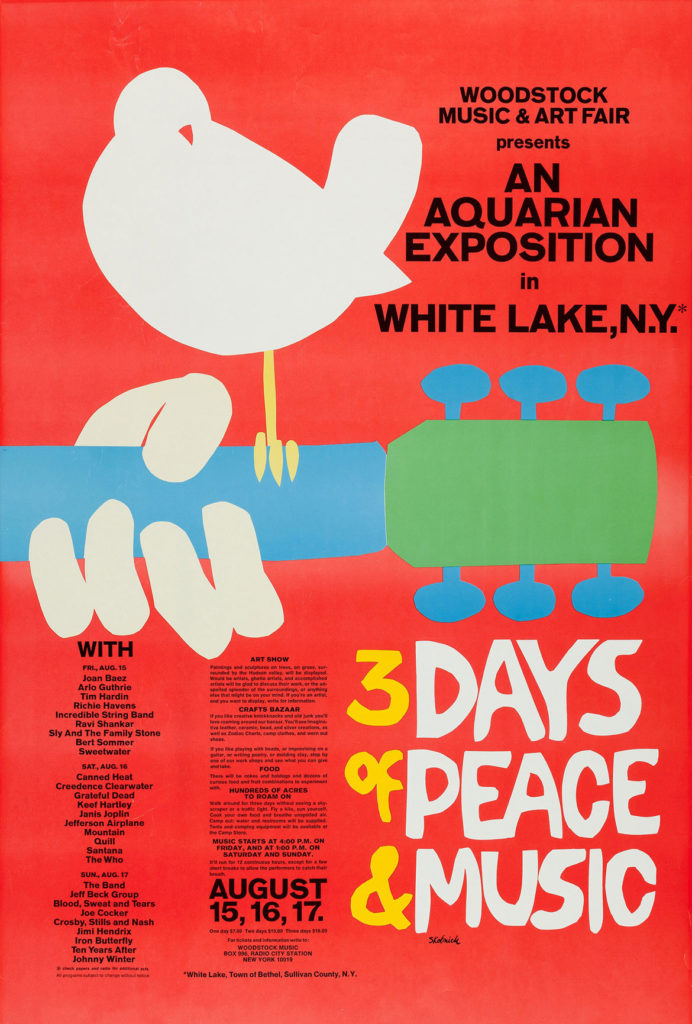
“Woodstock to the Moon: 1969 Illustrated,” Norman Rockwell Museum, Stockbridge, June 8 to Oct. 27, 2019
In celebration of Norman Rockwell Museum’s 50th Anniversary, a look at the politics, music and moon landing of 1969 through the iconic poster for the Woodstock music festival, Rockwell’s album cover for “The Live Adventures of Mike Bloomfield and Al Kooper,” and other illustrations and vintage archival material from that period.
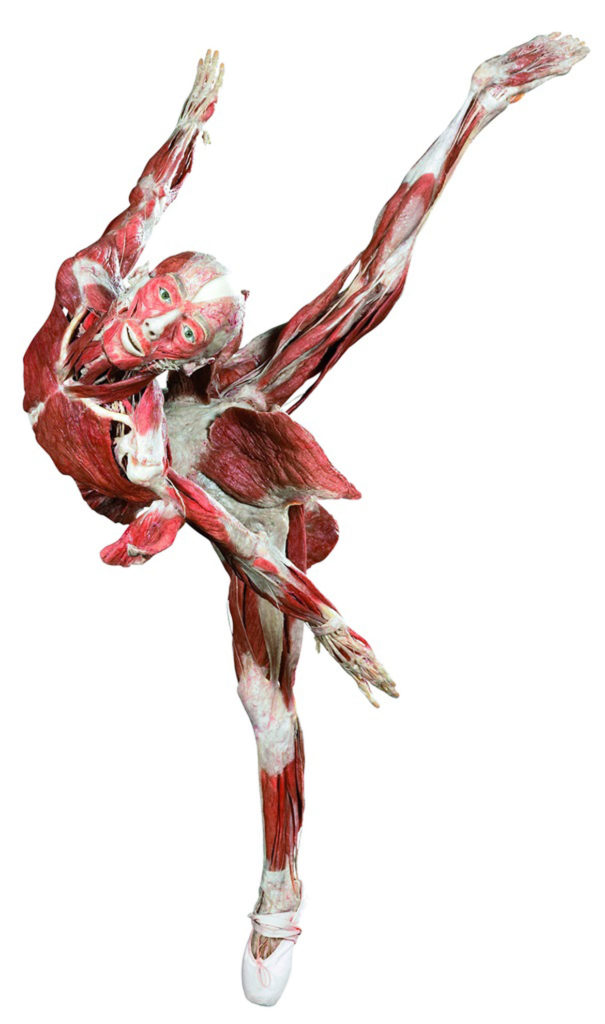
“Body Worlds & The Cycle of Life,” Museum of Science, Boston, June 16, 2019, to January 5, 2020
More than a hundred human bodies marvelously/creepily preserved through Gunther von Hagens’s signature technique of “Plastination” detail human development “from infancy to old age.” And check out how Hagens liked to pose the corpses as acrobats, football players and ballerinas. In past exhibitions, he flayed muscle to sculpt into “clothes” for the deceased.
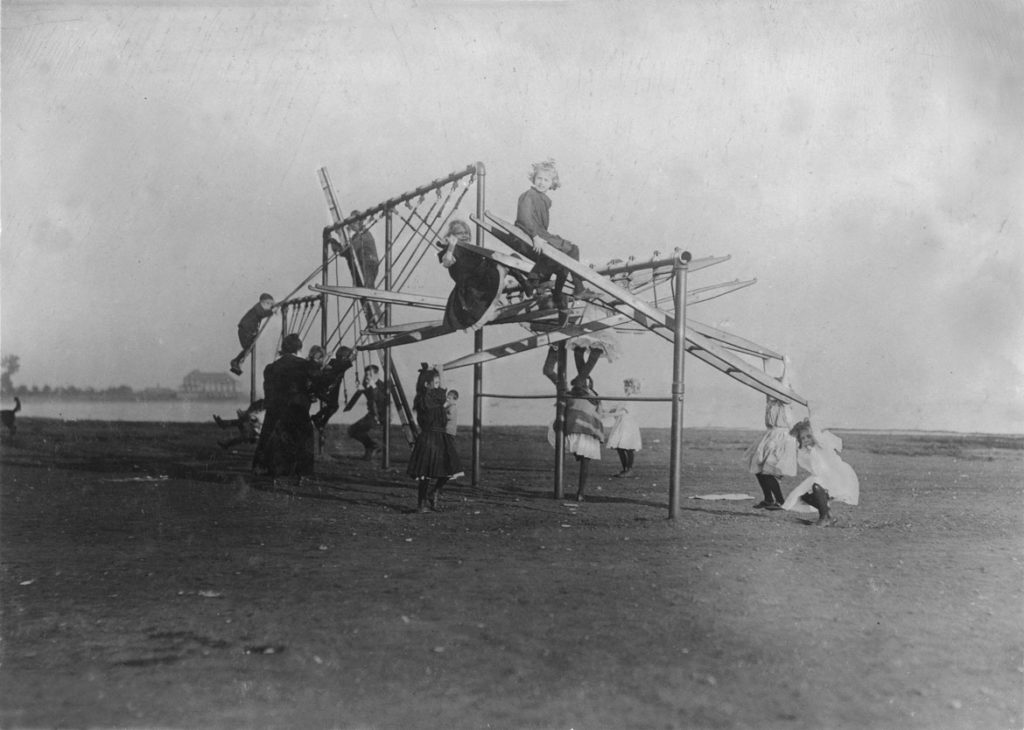
“Big Plans: Picturing Social Reform,” Gardner Museum, Boston, June 20 to Sept. 15, 2019
A look at how landscape architecture in the late 19th and early 20th centuries in Boston, New York and Chicago endeavored to be a progressive improvement to the lives of working-class immigrants.
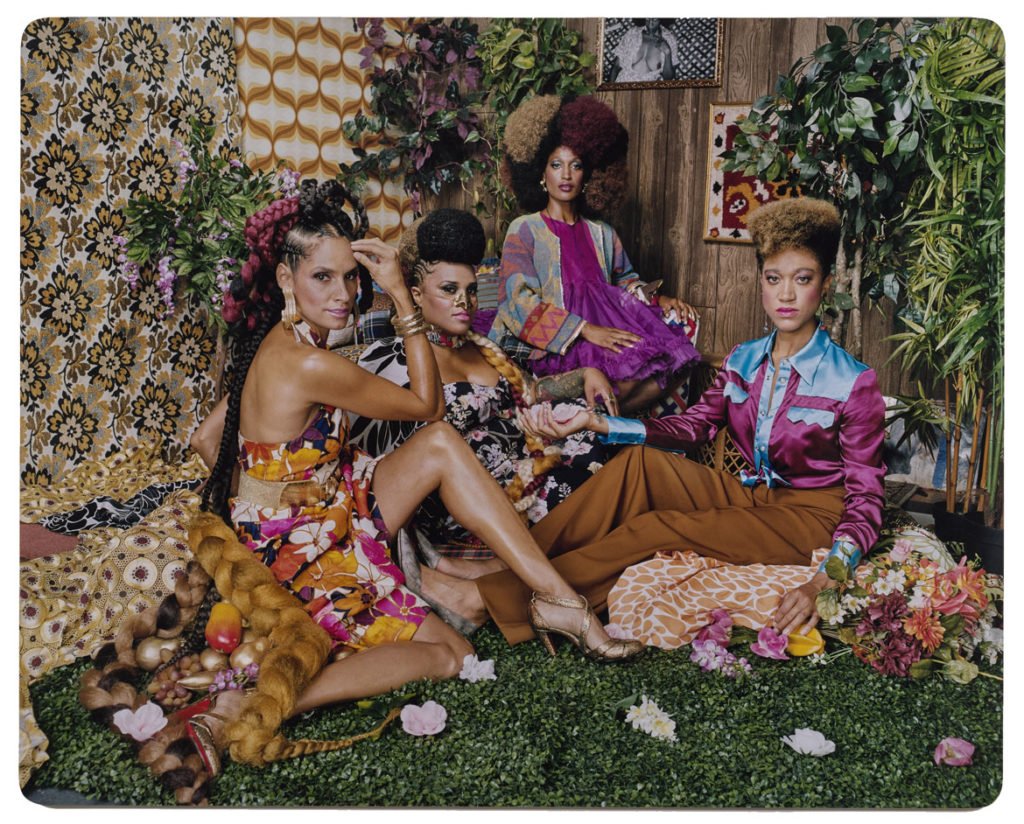
“Be Seen: Portrait Photography Since Stonewall,” Wadsworth Atheneum, Hartford, June 22 to Sept. 15, 2019
The Wadsworth Atheneum marks the 50th anniversary of New York’s landmark The 1969 Stonewall riots with a show of 24 photographers—Nan Goldin, Peter Hujar, Robert Mapplethorpe, Zanele Muholi, Catherine Opie, Paul Mpagi Sepuya, Mickalene Thomas—exploring portraiture and playing with societal norms of gender and sexuality.
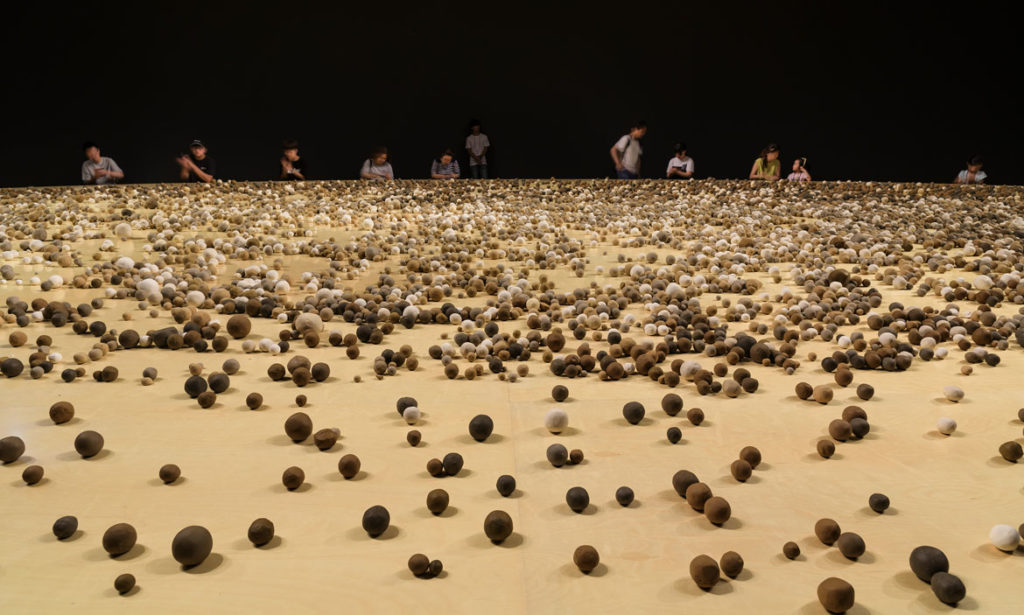
“Archive of Mind,” Peabody Essex Museum, Salem, June 22, 2019, to Jan. 19, 2020
Korean artist Kimsooja invites visitors to shape clay into balls to add to her installation of what will be thousands of clay balls. She aims to “transform simple, everyday actions into moments of meditation and transcendence.”
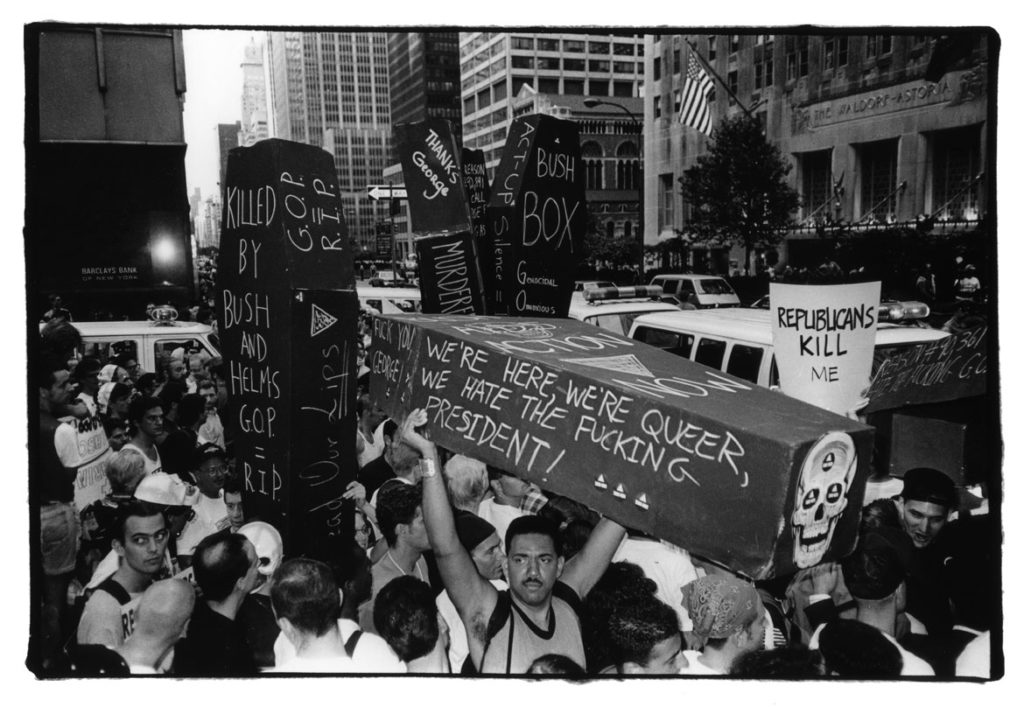
“Dona Ann McAdams: Performative Acts,” Brattleboro Museum, Vermont, June 22 to Sept. 23, 2019
Photographs documenting two decades of performance art at New York’s P.S. 122 as well as queer liberation and AIDS activism, ACT UP actions, anti-nuclear, pro-choice, war protest, and feminist rallies. The exhibition includes collaborative portraits she made while running an arts workshop in Coney Island for people living with schizophrenia. There are also McAdams’s photos of farmers in rural West Virginia, cloistered nuns in rural upstate New York, and life in Vermont, where she now lives and raises goats on a farm in Sandgate.
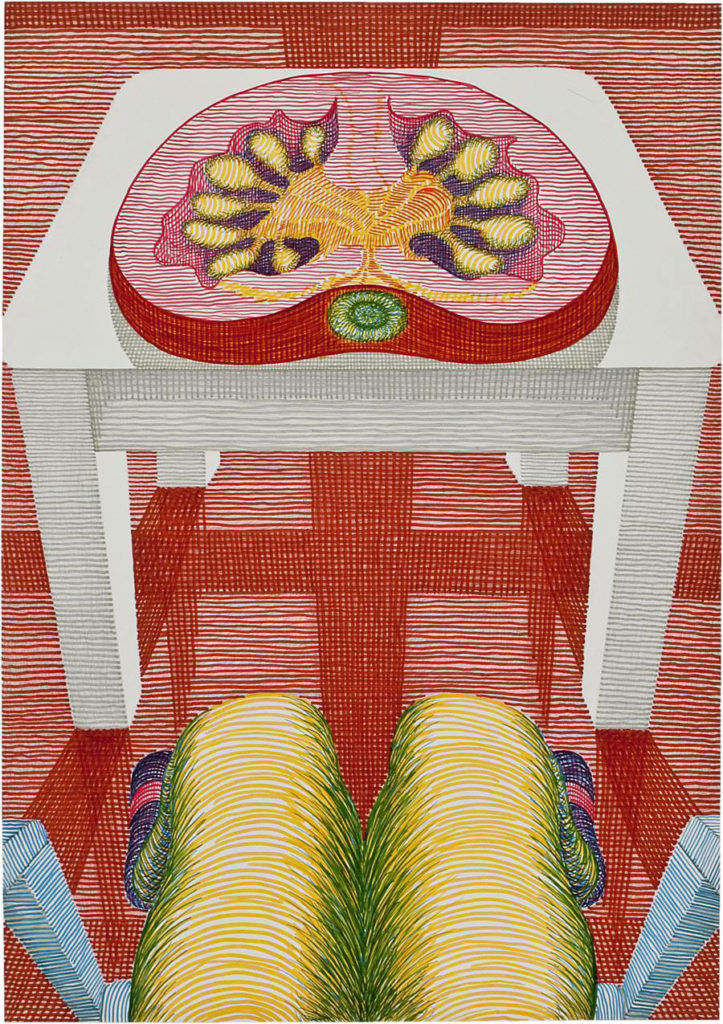
“Anna Oppermann: Drawings,” Carpenter Center for the Visual Arts, Harvard University, Cambridge, Jun 22 – Sep 29, 2019
The German artist (1940–1993) is best known for obsessive, shrine-like installations of photos and furniture and her visionary drawings of her body and domestic scenes. This exhibition exhibits one of her early transitional “ensembles” along with several of her early drawings.
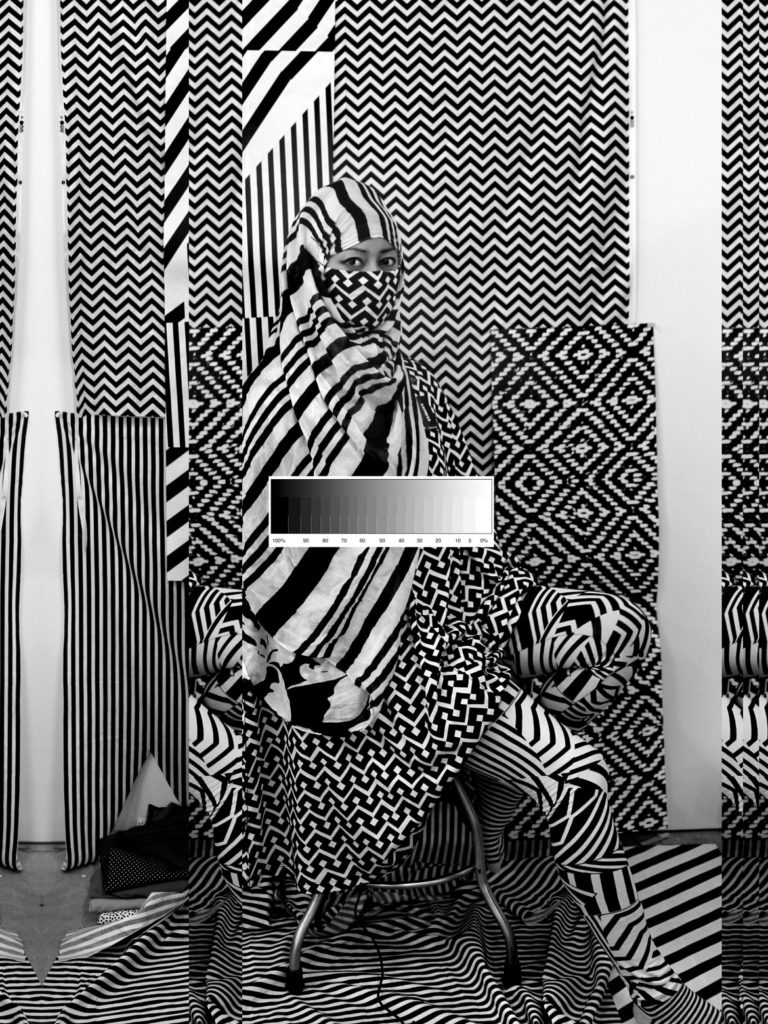
“Less Is a Bore: Maximalist Art & Design,” Institute of Contemporary Art, Boston, June 26 to Sept. 22, 2019
Against the persistent grain of minimalist modernism, a group show surveying artists gaga for decoration, pattern, maximalism, pluralism. Including Miriam Schapiro, Betty Woodman, Sanford Biggers, Lucas Samaras, Polly Apfelbaum, Nathalie du Pasquier, and Virgil Marti, Roger Brown, Monir Shahroudy Farmanfarmaian, Jeffrey Gibson, Valerie Jaudon, Joyce Kozloff, Robert Kushner, Ellen Lesperance, Howardena Pindell, Lari Pittman, Pae White.
“The Expansion of Cubism, 1911-1920,” Portland Museum of Art, Maine, June 28 to Oct. 6, 2019
Looking beyond Pablo Picasso and Georges Braque, to see how other artists developed the cubist ideas they’d pioneered. Paintings, sculpture and works on paper by Fernand Léger, Marie Laurencin, Jean Metzinger and Max Weber trace a larger story of the movement.
JULY
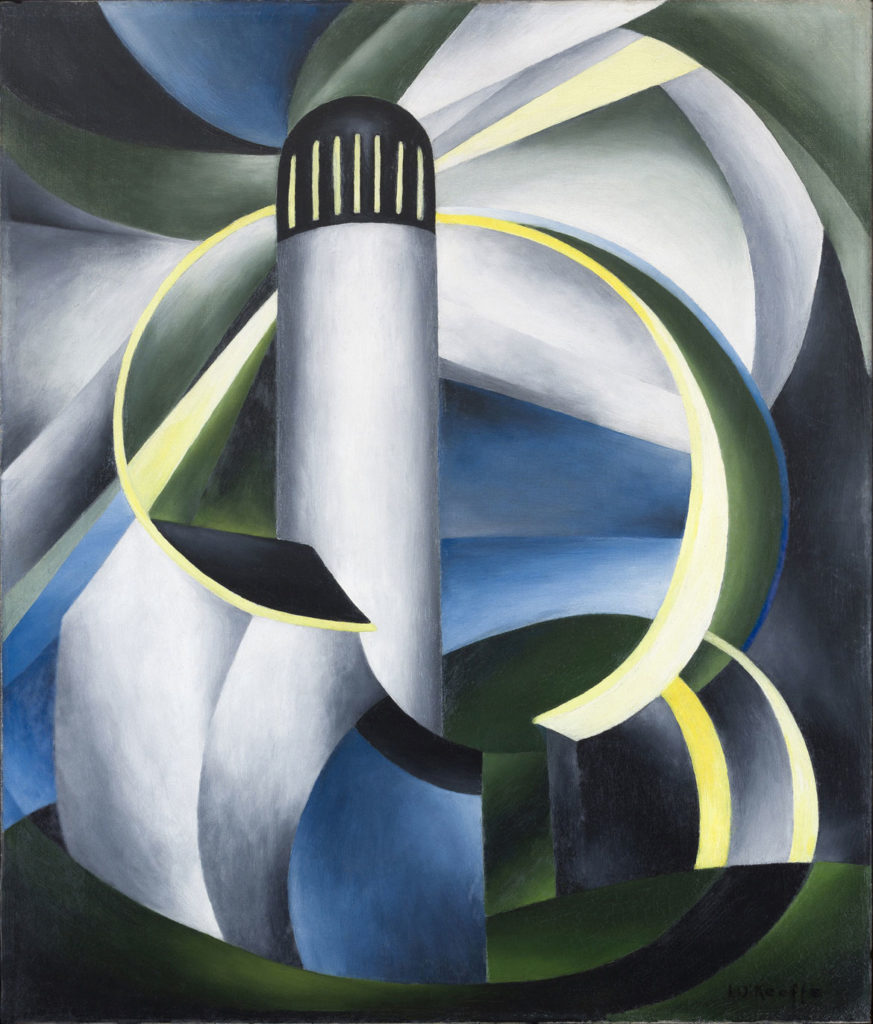
“Ida O’Keeffe: Escaping Georgia’s Shadow,” Clark Art Institute, Williamstown, July 4 to Oct. 6, 2019
You’ve heard about Georgia O’Keeffe. This exhibition looks into the career of her overshadowed sister, Ida (1889–1961), via her paintings and prints from the 1920s to ‘40s. Plus sibling rivalry!
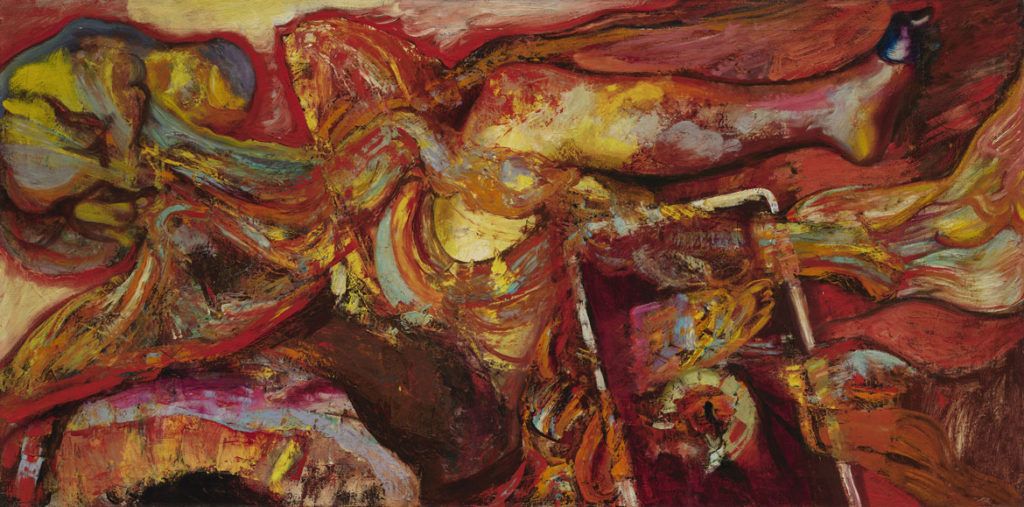
“Hyman Bloom: Matters of Life and Death,” Museum of Fine Arts, Boston, July 13, 2019–Feb. 23, 2020
Bloom (1913-2009) was inspired by the German Expressionist art of World War I and his own impoverished upbringing as an immigrant to Boston fleeing wars and ethnic violence in his native Latvia to become one of the pioneers of early 20th century Boston Expressionism. This exhibition highlights some 70 of his abject expressionist paintings and drawings of fiery chandeliers and Christmas trees, rotting corpses and visionary still-lifes. Said to be an early inspiration to Willem de Kooning, Jackson Pollock and other New York School action painters, by 1946, critic Clement Greenberg was arguing in The Nation, “I do not think that Bloom’s expressionism offers great possibilities for the future.” See how wrong Greenberg was.

“Kay Kenny: Into the Night In the Middle of Nowhere,” Griffin Museum of Photography, Winchester, July 18 – Sept. 1, 2019
Long-exposure photos of night in southern New Hampshire and the American Southwest.
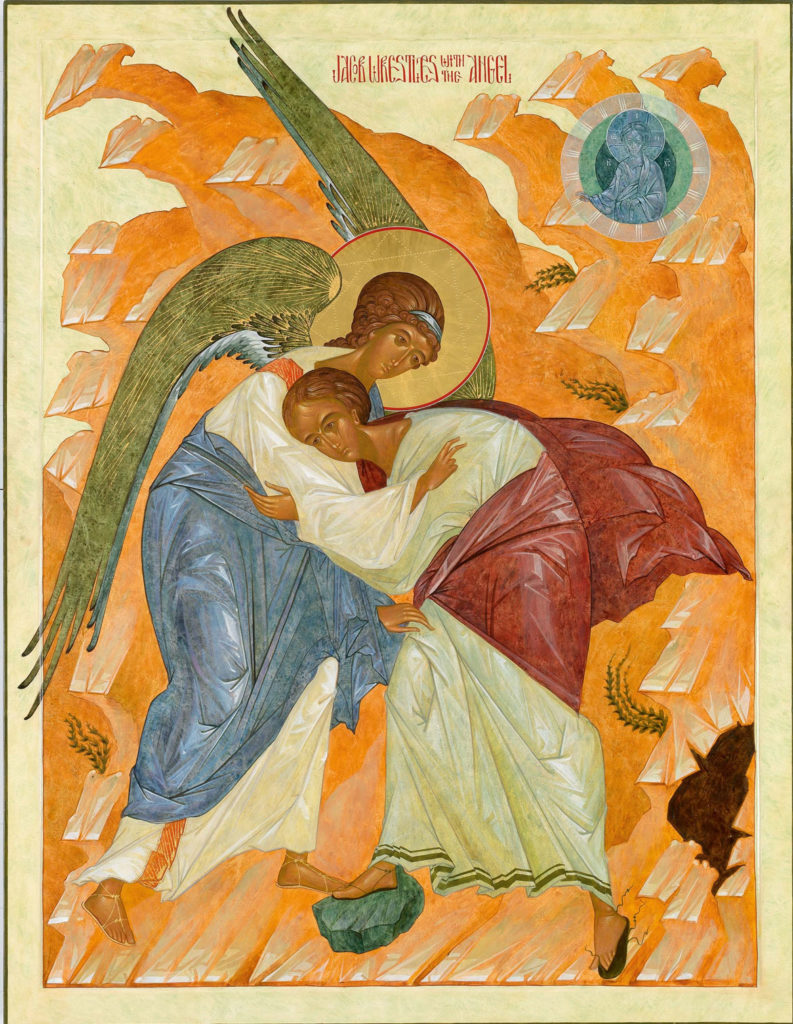
“Wrestling with Angels: Icons from the Prosopon School of Iconology,” Museum of Russian Icons, Clinton, July 19 to Oct. 20, 2019
Contemporary icon paintings by artists from New York’s Prosopon School, including its founder Vladislav Andrejev, an iconographer in the Russian-Byzantine tradition who emigrated to the United States from Russia in 1980.
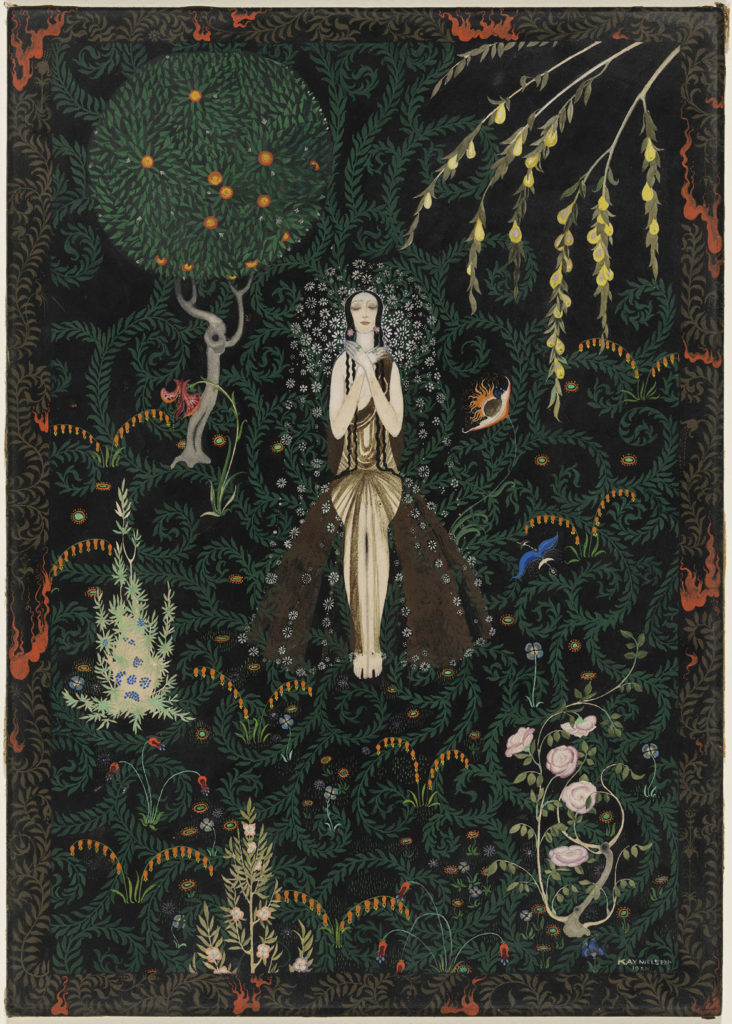
“Kay Nielsen’s Enchanted Vision: The Kendra and Allan Daniel Collection,” Museum of Fine Arts, Boston, July 20, 2019, to Jan. 20, 2020
The Danish artist (1886–1957) is one of the most celebrated illustrators of the first half of the 20th century, noted for his distinctive luminous, ornate and often theatrical takes on classic fairy tales. (He also helped design the “Night on Bald Mountain” sequence for Disney’s 1940 film “Fantasia.”)
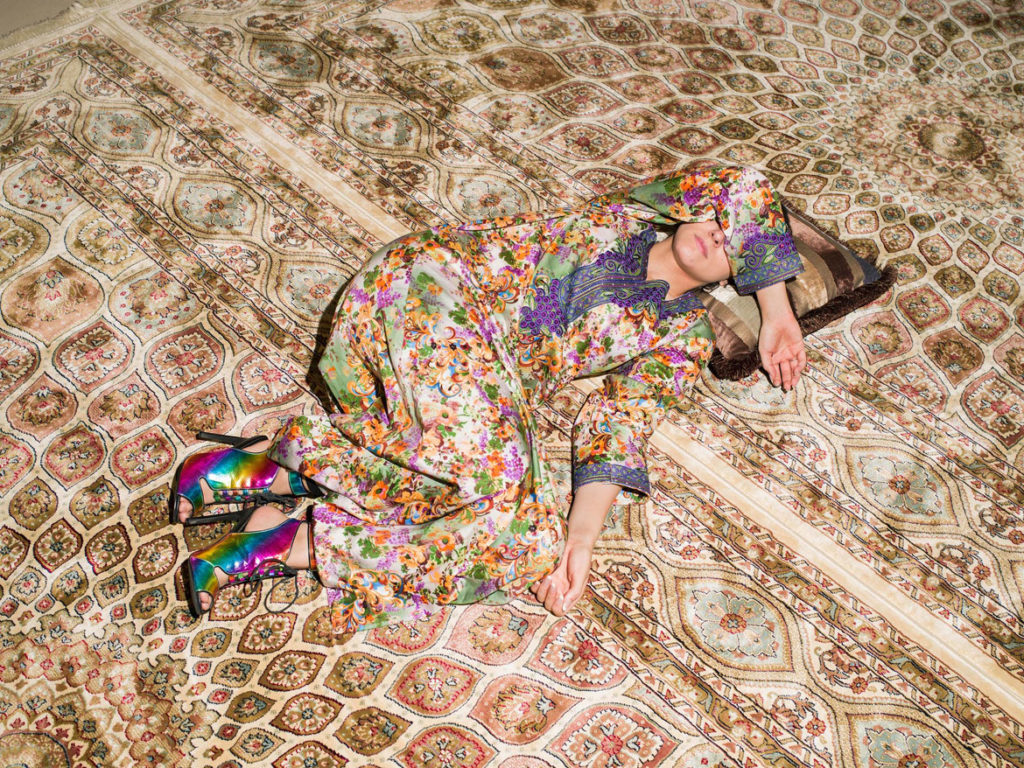
“List Projects: Farah Al Qasimi,” MIT List Visual Arts Center, Cambridge, July 30, 2019 – October 20, 2019
The photographs of Farah Al Qasimi, who splits her time between New York and Dubai, explore “ideas of national identity as they relate to consumerism and taste, while simultaneously offering covert critiques of the gender divide in the Gulf States and its colonial and religious origins,” according to exhibition organizers.
AUGUST
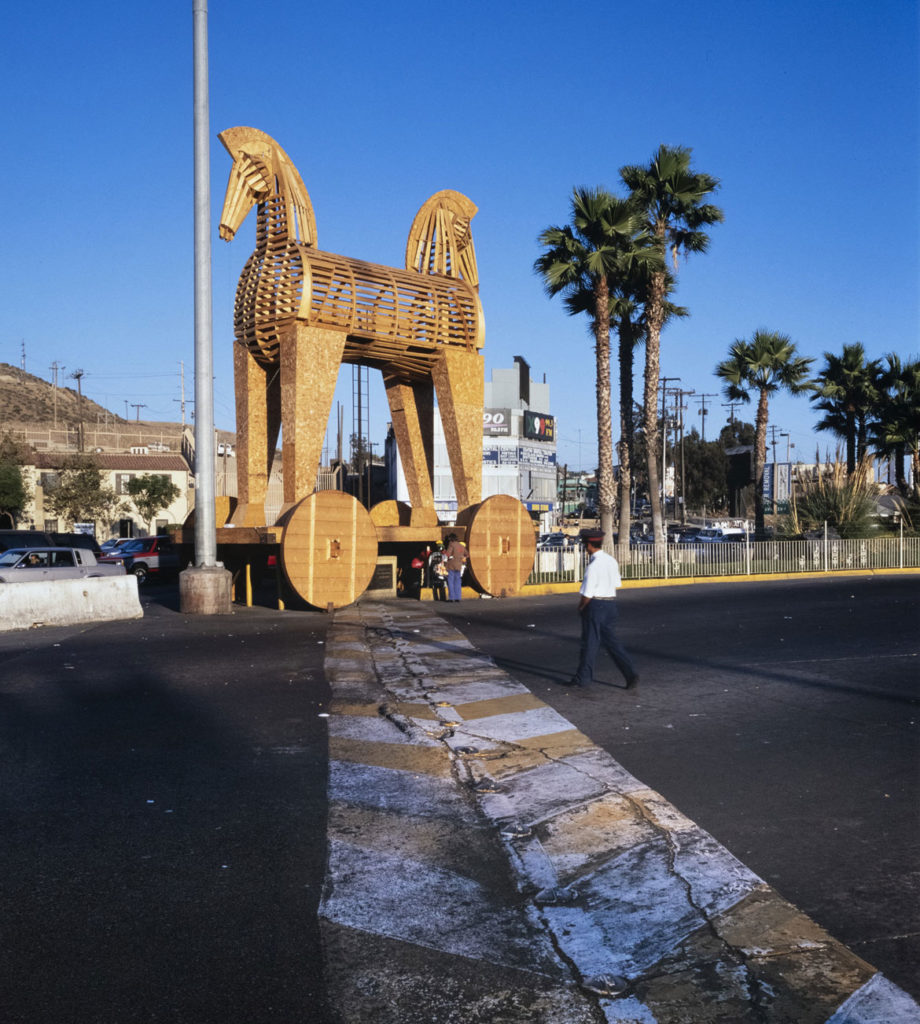
“Erre: Them and Us / Ellos Y Nostros,” Mass MoCA, North Adams, opens Aug. 3, 2019
Erre (Marcos Ramírez), who splits his time between his native Tijuana and San Diego, is best known for “Toy-an Horse,” his 33-foot-tall version of the Trojan horse, but with a head at each end, that he first displayed in 1997 on the U.S.-Mexico border during the InSite international art festival in Tijuana and San Diego. The charred remains of the monumental heads will be part of this exhibition addressing the current contested space of America’s southern border. The exhibition will include a text installation of questions that ICE asks travelers crossing the border and “Of Fence” (2017), a sculptural recreation of the weathered, rusty-red metal barricade at the U.S. Tijuana border, will reach up to the ceiling and stretch across 120 feet of the museum.
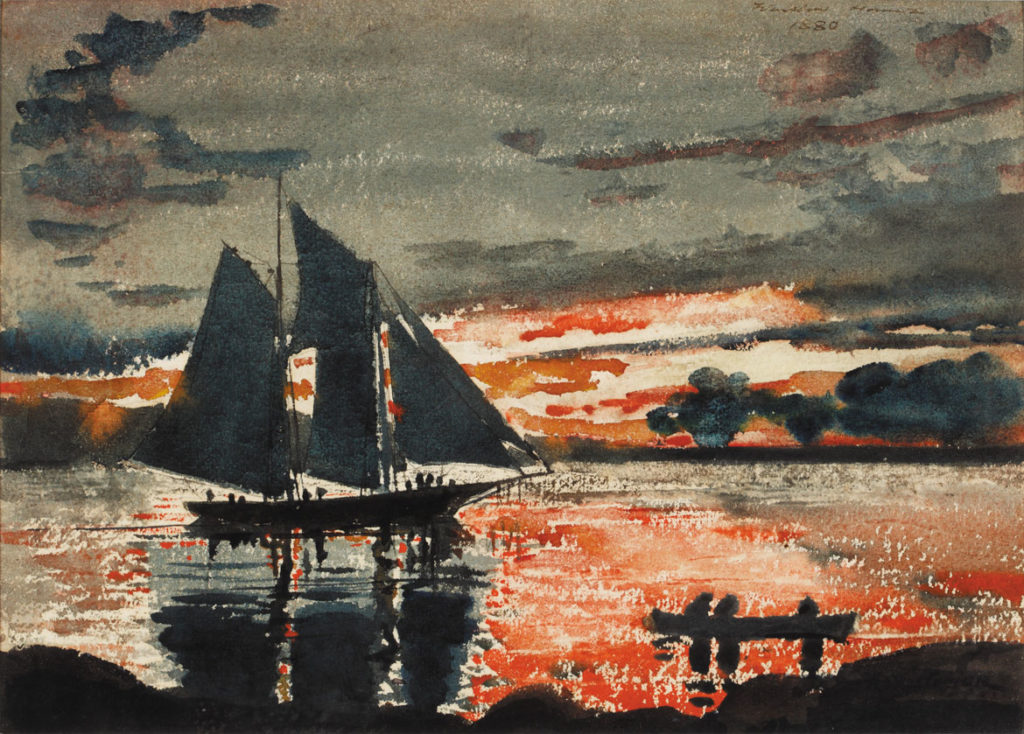
“Homer at the Beach: A Marine Painter’s Journey, 1869-1880,” Cape Ann Museum, Gloucester, Aug. 3 to Dec. 1, 2019
It was in Gloucester, exhibit organizers argue, that “Homer made his first watercolors and where he discovered his calling: to be a marine artist.” With 50 original works from the 1860s and ‘70s painted from New Jersey to Maine, the exhibition shows how Homer (1836–1910) transformed himself from a New York illustrator into the fine artist of outdoor adventure.
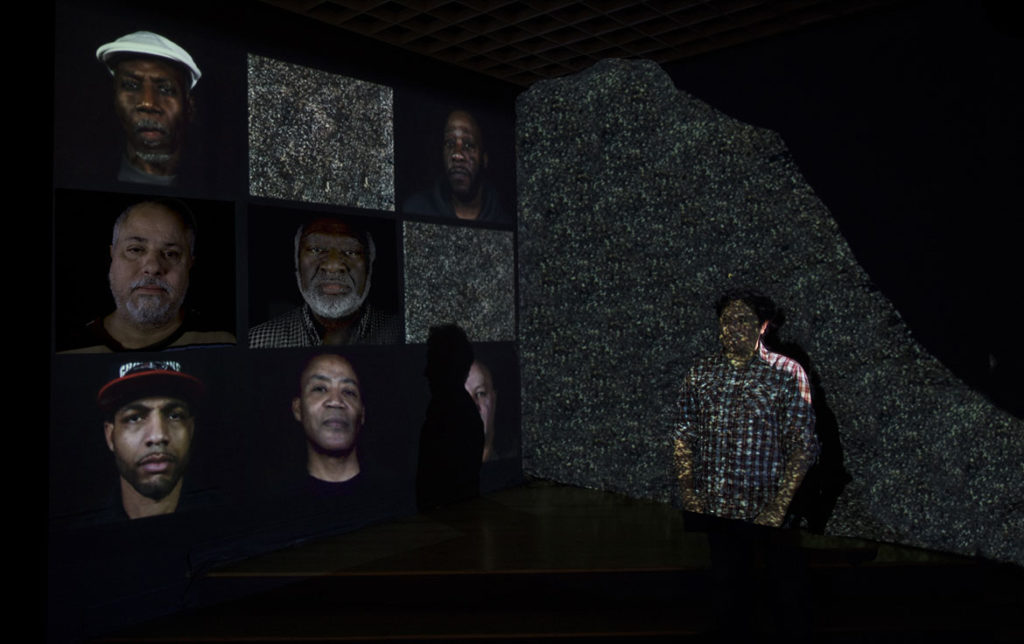
“2019 James and Audrey Foster Prize,” Institute of Contemporary Art, Boston, Aug. 21, 2019, to Jan. 5, 2020
The museum’s biannual showcase of Boston-area artists features Rashin Fahandej, Josephine Halvorson, Lavaughan Jenkins and and Helga Roht Poznanski. “First established in 1999,” the museum writes, “the James and Audrey Foster Prize (formerly the ICA Artist Prize) is central to the ICA’s efforts to nurture and recognize local artists, showcase exceptional artwork, and support a thriving local arts scene.”
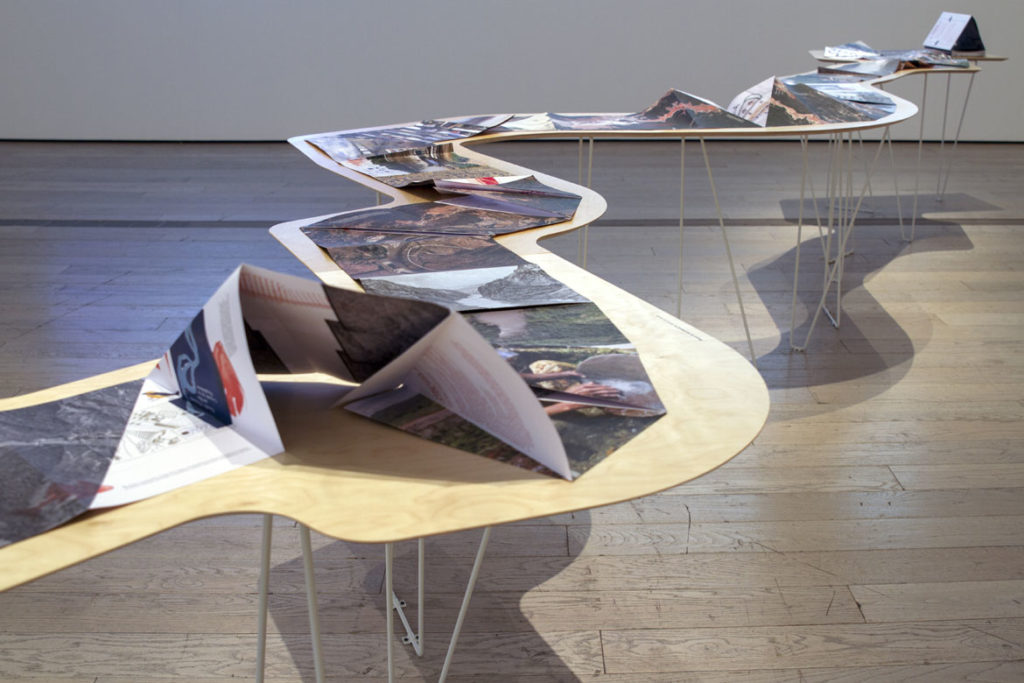
“Bookworks” Tufts University Art Galleries, Medford, Aug. 22 to Dec. 15, 2019
Artist-made books from the 1960s to now.

“Defiant Vision: Prints & Poetry by Munio Makuuchi,” Smith College Museum of Art, Northampton, Aug. 23 to Dec. 8, 2019
The Minidoka Relocation Center in Idaho, where Munio Makuuchi (born Howard Takahashi, 1934-2000) and family were incarcerated as under World War II restrictions on Japanese Americans, “was a catalyst for Makuuchi’s art as well as his rootless existence.”
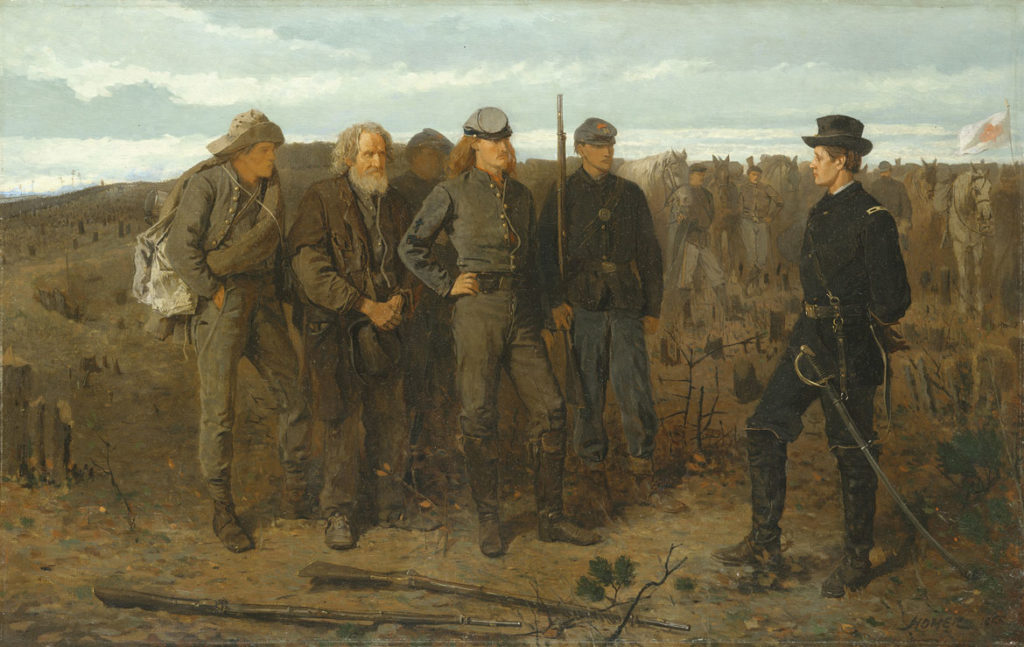
“Winslow Homer: Eyewitness,” Harvard Art Museums, Cambridge, Aug. 31, 2019, to Jan. 5, 2020
Explores how Winslow Homer’s (1836–1910) work as an artist-correspondent for Harper’s Weekly during the American Civil War shaped his later career as a painter and watercolorist.
If this is the kind of coverage of arts, cultures and activisms you appreciate, please support Wonderland by contributing to Wonderland on Patreon. And sign up for our free, weekly newsletter so that you don’t miss any of our reporting.
